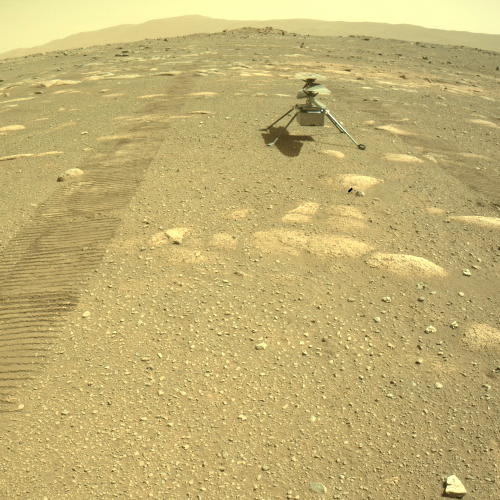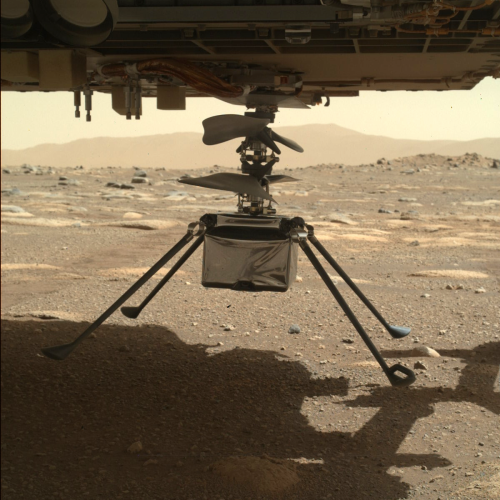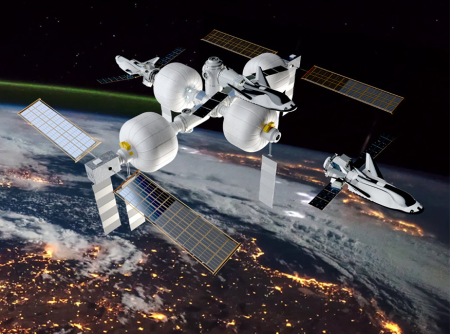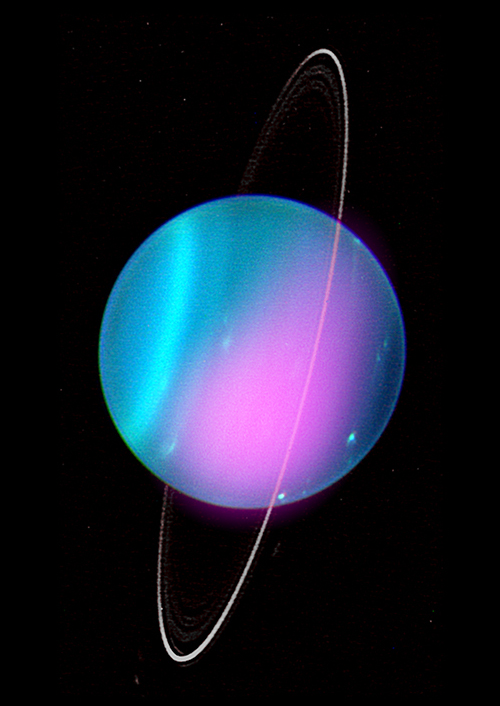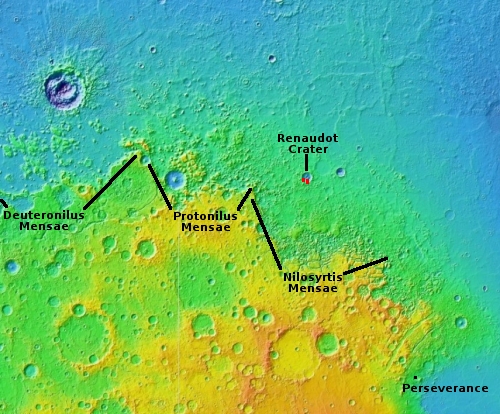Capitalism in space: Smallsat rocket startup ABL Space, which has yet to launch its first test rocket, has won a gigantic launch contract from Lockheed Martin for as many as 58 launches through 2029.
Under terms of the block-buy agreement between ABL Space Systems and Lockheed, the aerospace giant will purchase “up to” 26 launches through 2026 and as many as 32 additional launches through 2029. If the terms are fulfilled, this would come to 58 launches over the next eight years for ABL Space. In an industry where even a single launch contract often produces a news release, a contract for five dozen launches is unprecedented for a private company.
…The partnership will allow Lockheed, which builds large numbers of satellites for commercial customers, frequent and low-cost access to space. It is perhaps not a surprise that Lockheed selected ABL Space for its small launch needs, as Lockhead was an early investor in the launch company during a seed phase in 2019 and has continued to participate in additional rounds of fundraising. ABL has raised a total of $219 million to date.
Though Lockheed Martin is not ABL’s biggest investor, by being an early investor it has been involved in the development of ABL’s RS1 rocket from the start, which also means that Lockheed Martin was essentially buying its own rocket company to place the satellites it makes into orbit.
In fact, this decision falls into line with what appears to be Lockheed Martin’s long term corporate strategy. In 2017 the company opened its satellite-making factory with the satellites designed with standardized structures so that customers could pick and choose the design of their liking.
In 2018 it was revealed that the company was a key investor in Rocket Lab, while also participating in the creation of the United Kingdom’s first spaceport in Sutherland, Scotland.
It then decided to become a major investor in ABL, probably taking advantage of what it learned from Rocket Lab to improve the design. Now it plans to use that new rocket to launch a large number of the smallsats it is building in its factory.
Lockheed Martin is essentially copying SpaceX’s vertical integration strategy, whereby it owns or builds all aspects of its launch business. This allows it to reduce costs while controlling construction entirely. You cut out the middle man, and make your satellites cheaper to sell to others.
The first launch of ABL’s RS1 rocket was originally scheduled for the first half of this year, but has now been pushed back to the third quarter. If successful the company says it will follow it with two more launches before the end of the year, and very ambitious schedule.



